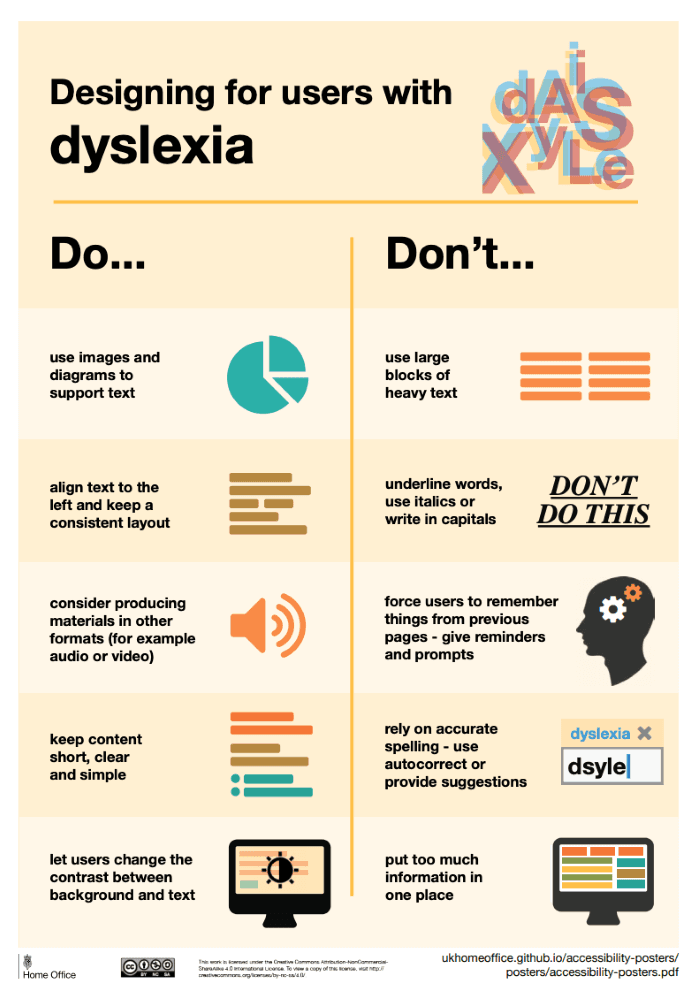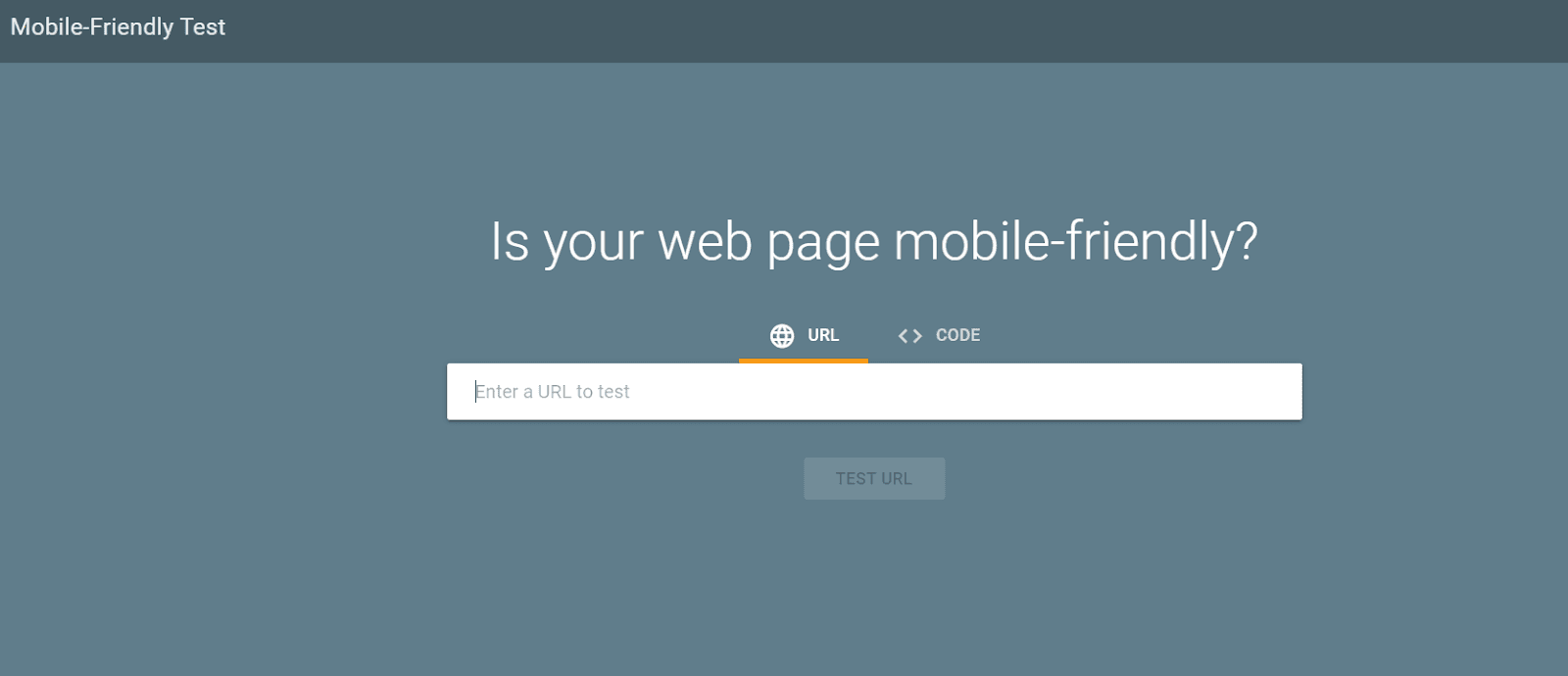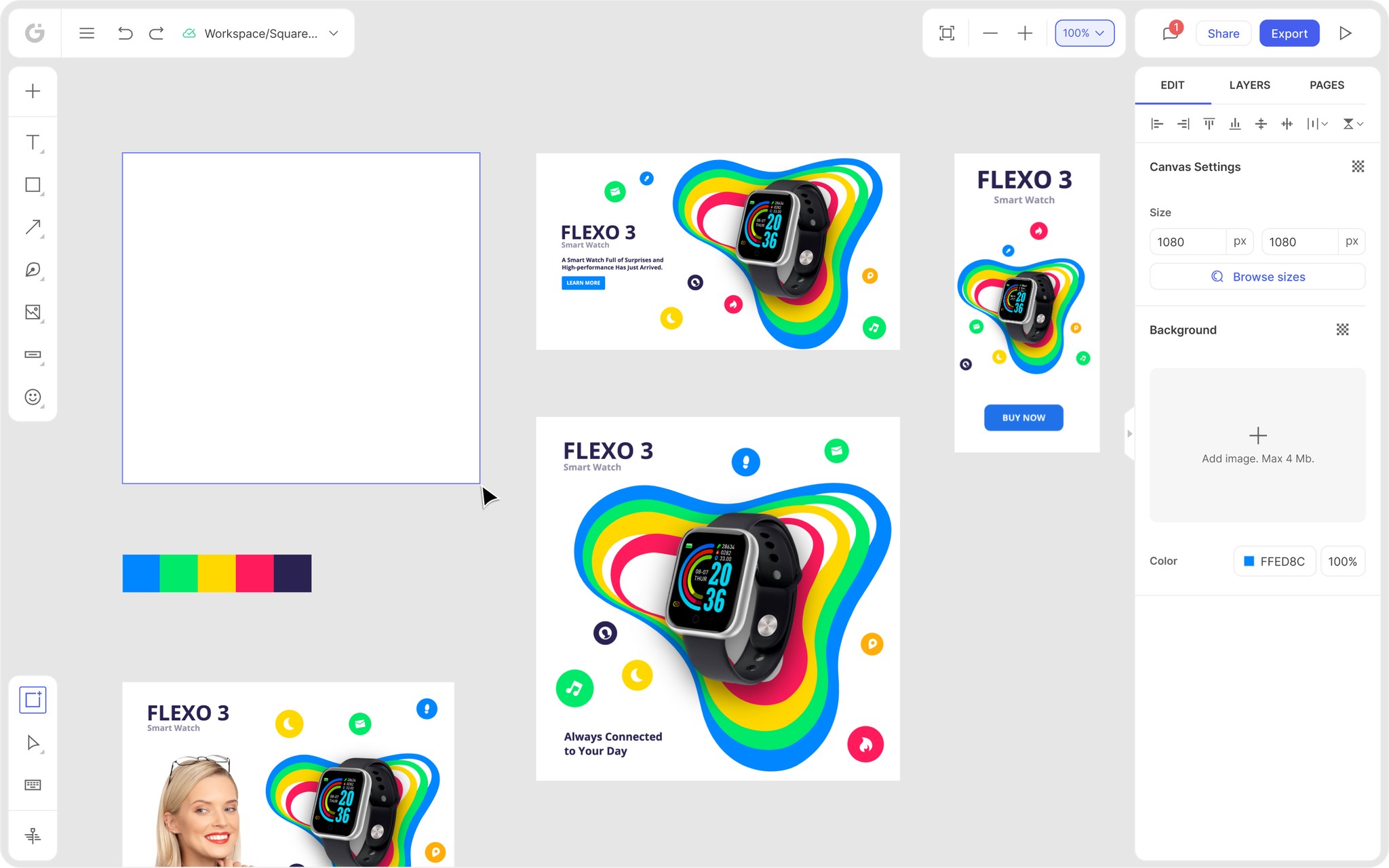Discover the essence of Amazon Storefront banners and their pivotal role in captivating potential customers. Learn the optimal size – 3000 pixels wide by 600 pixels tall – for seamless integration and stunning visual impact. Uncover expert tips for crafting compelling banners that reflect your brand identity and drive sales
7 Tips to Scale Your e-Store Design
1. Create a user persona first
Anything in your e-store from what you sell to how and where to market it to your site’s design should be based on who you are selling for. If you want to scale your design, you need a great user persona - or possibly a few of them.
User personas are profiles that represent what your target audience needs or wants. Once you learn how to create a user persona, you will know who to design for, which makes this easier and much more effective.
Chances are, you’ll have more than one user persona. You cannot categorize your entire target audience in just one group, so you’ll need to create ideal customer personas based on subgroups.
How does this work?
It’s all based on research and analysis. If you want to do it right, you need to perform thorough research and analyze the data without mistakes and bias. For all this, you need Maze.
Maze is a simple tool that helps design teams to gather and organize the information necessary to create captivating designs. With it, you can design your store to fit the needs of the audience. Having done this, you’ll convince people to stay on your site, go through your pages, and make their purchases.

According to Maze’s guide on creating a user persona, there are a few main usages of these:
Make informed product decisions. Usability testing and customer surveys can tell you what users want and need from your products. You can use this information to prioritize the features of your product, learn how to promote them, what to charge for them, and how to design your pages around these items.
Understand and connect with users. Personas enable designers to understand their users better. If you understand them, you can create a design that meets their expectations and builds up to the AHA moment - the second that your customer realizes your brand’s value.
Align your team. You’re probably not managing the e-store all on your own. If you want things to run smoothly, you need to align your team to work toward the same goals. Having an ideal customer to strive to please is a sure way to do this.
2. Invest in CRO (Conversion Rate Optimization)
E-stores constantly try to increase sales by giving away freebies or big discounts. This is a fine marketing strategy, but there’s a cap to how often you can give away discounts. Eventually, they’ll hurt your profit margin.
While discounting is a popular and effective strategy, you can’t overdo it to make your e-store more popular. Discounts can sometimes have the opposite impact. If you overdo it, people won’t perceive your brand as highly valuable, and this can even discourage their purchase.
In that sense, if you want to scale your design, you need to invest in CRO or Conversion Rate Optimization. Your design should revolve around your brand’s value and offer unique selling points. This is a better incentive and will showcase your store as more trustworthy in the eyes of the target audience.
Yieldify, a website personalization platform offers you smart ways for CRO for ecommerce sites. They’ve come up with a few great ways to attract with your design without offering discounts. These include free delivery, using feedback and social proof to build trust, and creating a sense of urgency in your design.

People today have access to many websites like yours, so the idea is to make it personal and unique. Yieldify uses technology and science to build strong connections between brands and their audience. That’s exactly what will increase your CRO.
3. Use smart design software for your images
Visual elements like images are vital to your site’s design, especially if you are selling things online. No one will want to buy something just because your description looks promising. They’ll want a high-quality image, possibly several of them, showing them everything they need to know about the product.
If you want to scale up your design, you need smart software to create your images, preferably one that is easy to use so that you can create visuals on a regular basis. The Glorify design software is one such tool. You don’t need design skills to convert product images at scale. This tool will allow you to create attractive visuals in 3 simple steps.

First, you can choose a template from their big - and growing library. There are thousands of themes and templates at any given moment. Next, you can customize everything from the fonts, background, as well as details like shadows and reflections. Just add the text, pick your brand colors, and save the design.
Once you are done, the final step is to share, collaborate, or export what you’ve created.
4. Make your graphics inclusive
The world is all about inclusivity. TV is more inclusive than ever, books that examine social prejudices are on the bestselling lists, and the Black Lives Matter movement is still fiercely moving across the globe.
This has been felt in just about everything, including design.
If you want to gain the respect of your audience and widen your reach, one of the top trends of 2022 is inclusive design. Designers today aim to show diversity through colorful images and race representation in graphics.
What does this mean?
It means that you should use illustrations, icons, images, and features that reflect diversity. Think race and disability, sexual orientation, gender, etc. It shows your audience that you are not a discriminatory brand and that your customers are all important.
For example, here is a good guide for making your site more inclusive for people suffering from dyslexia:

5. Keep your design mobile-responsive
Retail e-commerce on mobile reached over $359 billion in 2021, an increase of 15.2% compared to the previous year. The numbers have grown even more since, and it is obvious why - people love shopping on their phones!
People today search on their phones, communicate and do their shopping because of the flexibility this offers them. They can do it from any time and any place.
So, if your design is not mobile-responsive, this means that you’ll be losing a huge portion of your target audience. No e-commerce store can afford this.
Since a large number of users will use their phones to visit your site at least at some point, you must optimize everything for them. A good site builder will convert your pages into mobile templates, but run frequent checks to ensure that everything is as it should be. For example, use the Google Mobile-Friendly Test to check your pages.

6. Learn to put your top products in the best place
What’s the best thing to emphasize in your e-store to grab the visitor’s attention? It’s your top product, of course.
Sellers know that it is their best products that attract buyers, but do you know how to highlight these in your e-store?
Your top products are the items that have the most sales, the best reviews, or the ones that have the most fitting price. To highlight these, use contrasting colors and give them a very central spot that visitors will see as soon as they open the page. You might even want to add a pop-up into the mixture to grab their attention!
7. Simplicity equals scannable, attractive design
In the attempt to add more quality elements, designers exaggerate. Yes, it can be tempting to add tons of elements, features, visuals, and information to a page. You’d think that a combination of great elements will attract people, but it often does the very opposite.
In e-store design (and design in general), simplicity is key to success. Viewers don’t like pages where they have to search long for the information they need, and they dread the sites that offer too much for them to read just to buy a product.
Simplicity makes your design cleaner, easier, and more scannable. So, use more white space, don’t choose too many colors, and make the content you add to your pages easy to scan.
Does your design have all this?
If you’ve skipped a step in your e-store’s design, now is the time to fix it! Go through this list step by step to scale up your design and convince more people to buy from your online brand. Good luck!
About the author:

Nadica Metuleva is a freelance writer who’s passionate about creating quality, original content. She holds a Master’s degree in English teaching and a Bachelor’s degree in translation. With 8 years of experience in the freelance writing industry, Nadica has become proficient in creating content that captivates the audience, drives growth, and educates. You can find her on LinkedIn.
Features
Explore templates
Alternatives
© 2024 Glorify App - All rights reserved

















